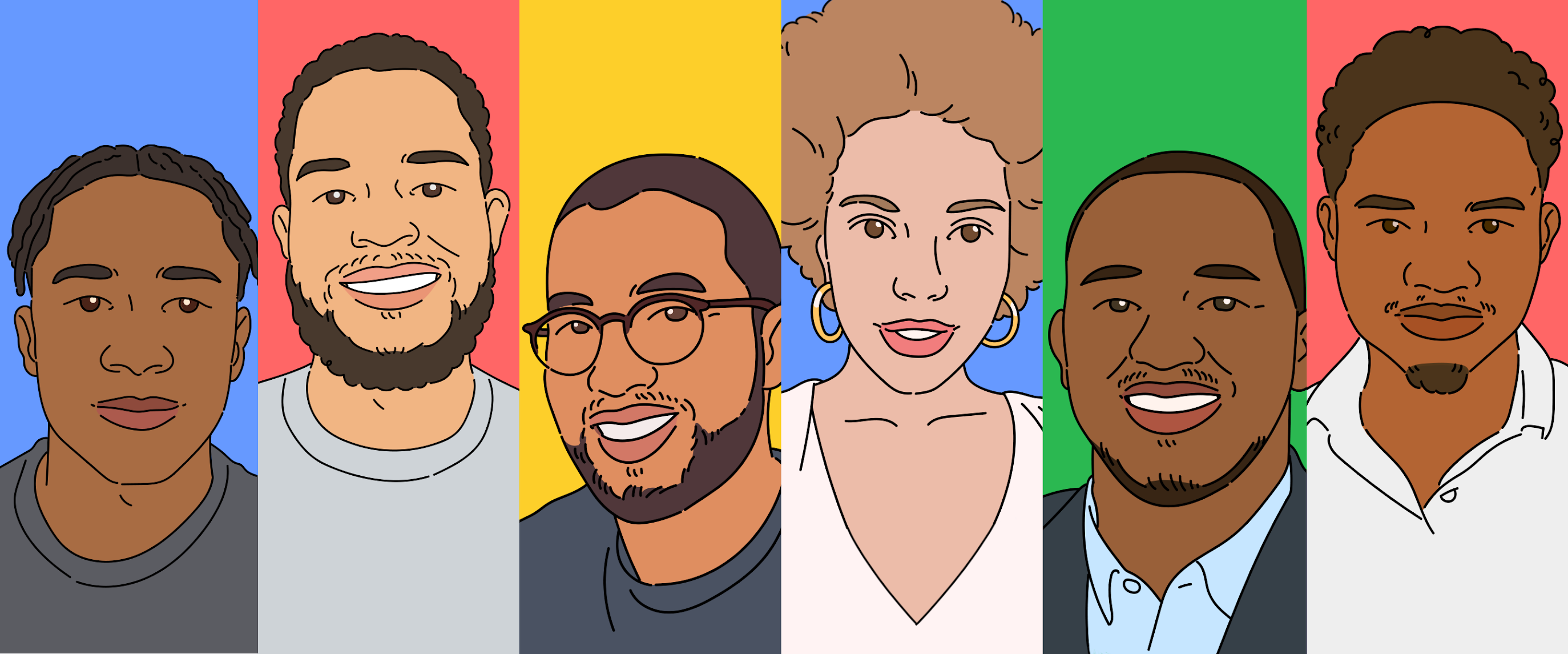Who do you think of when you hear the words sister, daughter, mother? How about when the words are leader, founder, CEO? As a mom of three, I want my kids to grow up in a world where the second set of words is as likely as the first to bring a woman to mind. Which is why we’re elevating the voices of women and making sure their stories are heard in today’s #MyDomain series. On this International Women’s Day, Google Registry is sharing eight new videos — all featuring female leaders who are taking care of business on their .app and .dev domains.
Alice Truswell
Alice Truswell is co-founder of Snoop.app, a money-saving app. “Fear being forgettable more than fearing not fitting in,” she says, “because the earlier you get comfortable with your voice, the earlier you can start refining results.”Annie Hwang
Annie Hwang is co-founder of Jemi.app, a company that helps creators and public figures interact with their audiences and make money. “Don't let imposter syndrome ever stop you,” she advises. “We've grown up in a society where we are constantly told that we should be a follower. Don't be a follower anymore; be a leader!”Elena Czubiak
Elena Czubiak is the developer and designer behind saturdaydesign.dev and co-founder of imaginarie.app. She quit her day job in 2018 to start her own business and hasn’t looked back since. Elena says, "Remember that although it might feel like starting over, you'll quickly see that your unique experiences will help you solve problems and make connections that nobody else could."Ifrah Khan
Ifrah Khan is co-founder of Clubba.app, a platform that provides virtual creative extracurricular clubs (led by college students) for kids ages 6 to 12. Ifrah encourages entrepreneurial women to find and connect with other women who are also working on their own ventures. “Really talk to them and get to know their journey,” she says. “If they fundraised, how did they fundraise? Fundraising is so hard when you start your own business in general, but as a woman it’s even harder.”Rita Kozlov
Rita Kozlov is a product manager who leads the Cloudflare Workers product, which uses the workers.dev domain. Rita’s advice for women who want to become a product manager is, “Don’t be afraid to ask lots of questions. In product management that’s definitely 100% a strength and never a weakness.”
Romina Arrigoni Samsó
Romina Arrigoni Samsó is founder and CEO of ADDSKIN.app, a social marketplace for skincare, where community recommendations help customers choose the best products. Romina says, “La gracia de la tecnología es que como dice el dicho, el avión se construye en el aire. Lo importante es lanzarse,” which translates to, “The grace of technology is that, as the saying goes, the plane is built in the air. The important thing is to launch.”Soraya Jaber
Soraya Jaber is co-founder and CEO of Minsar.app, a no-code AR-VR creative and publishing platform. “We don't care about your age, your gender, your race, or sexual orientation — there is no space where you are not allowed,” Soraya says.“Don't hinder yourself, jump into entrepreneurship. I can assure you that's a hell of a great adventure!”
Stefania Olafsdóttir
Stefania Olafsdóttir is the co-founder and CEO of Avo.app, a next-generation analytics governance company. Her advice? “It’s way more important to be brave than to be perfect.”To see a special video featuring all these amazing women, check out goo.gle/mydomain. If you have a unique story to share about a .app, .dev, or .page domain and would like to be considered for our series, please fill out this short application form. Here’s to helping tell the stories of women everywhere so that we may inspire generations to come.





















